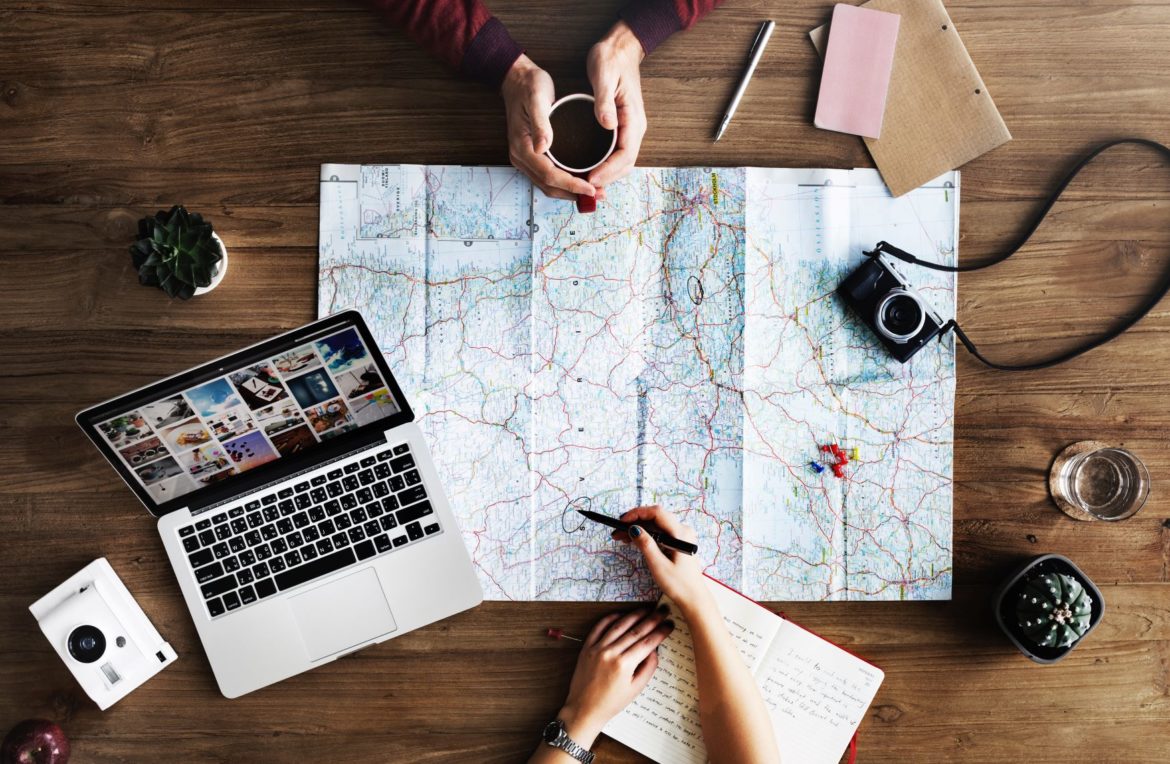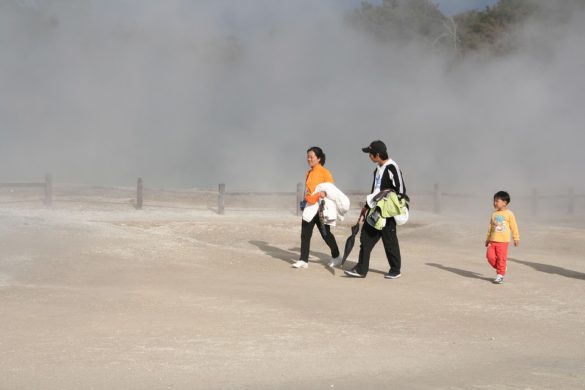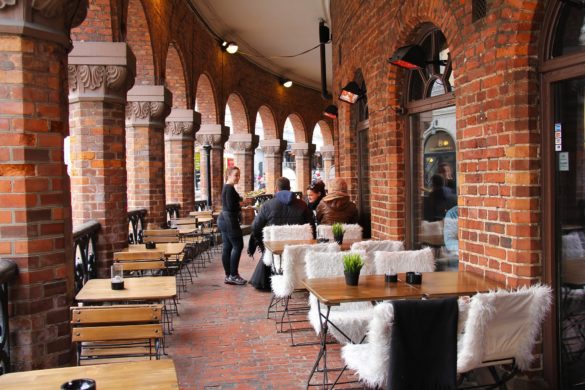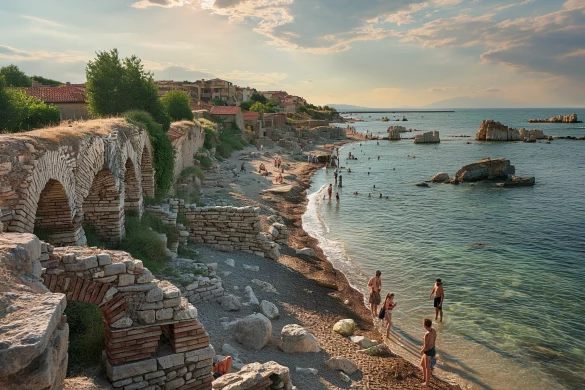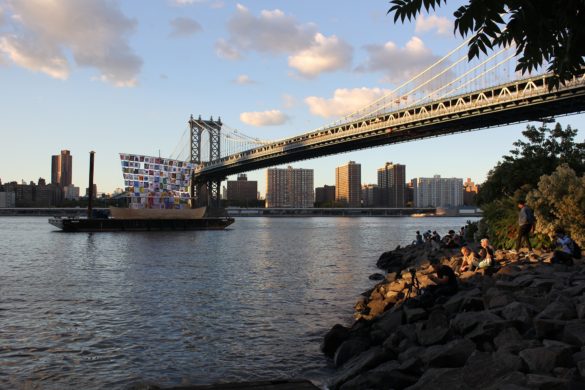There are many different reasons for wanting to run a travel blog. You might be fascinated by the subject or want to give back to the community by helping others be better informed. You may start it as a personal project to chronicle a year abroad, or your digital nomad adventures, or you might see it as a business opportunity to monetize an area of interest.
Understanding your goal or purpose is an important element in building your blog strategy. Are you launching a business or indulging in a hobby? Do you want to entertain, inform, help or equip?
If this is a way to document your personal travels, you have a built-in topic. But if you want to build a business, you should think about what niche you serve. Is this a travel blog for digital nomads looking for affordable accommodation and excellent Wi-Fi, or adventure travellers looking to get off the beaten path, or for people who love exploring small towns and villages in South America, or . . . ? Choosing your niche helps you focus and stand out as the go-to source for that niche, so try to find one that’s unique and original.
Next, focus on your audience. Is this going to be for friends and family, personal documentation or a wider, more public audience? Knowing your purpose and niche will help you narrow this down more accurately, or you can do it in reverse and pick your audience, then let them define your niche for you.
You’ll need a platform. Unless you’re a skilled programmer with full stack development experience or have a significant startup budget, you probably want a do-it-yourself website builder such as WordPress. While there are alternatives, WordPress is one of the largest and best-supported blogging platforms, and offers both ease of use and incredible customization options.
Next, think about content. Are you going to create all the content or pay contributors? How will your content meet the needs of your customers and fit within your niche? Develop a library of posts before launching and try to schedule weeks to months in advance so you’re never caught in a situation where there’s no fresh content and you have to scramble to make some up.
Don’t forget appeal and discoverability. Including great images is just the start. The web is transitioning to a video-first approach to content and you can make the most of your content by repurposing it in multiple formats. Take highlights from a longer blog post and turn them into a series of posts and short videos to reach a wider audience on social media, or go for a social-first approach and do a channel-based blog that consists mostly of video content.
You’re not limited to live footage, either. An easy online animator can help you create all sorts of topical content, including storytelling, explainers and Q&As.
Get ready to launch your travel blog by starting with a plan. Why are you doing this, who’s it for, and how will you stand out from the crowd? Work on building a content library before you get your platform launched so you have lots to share and can keep your audience engaged.

